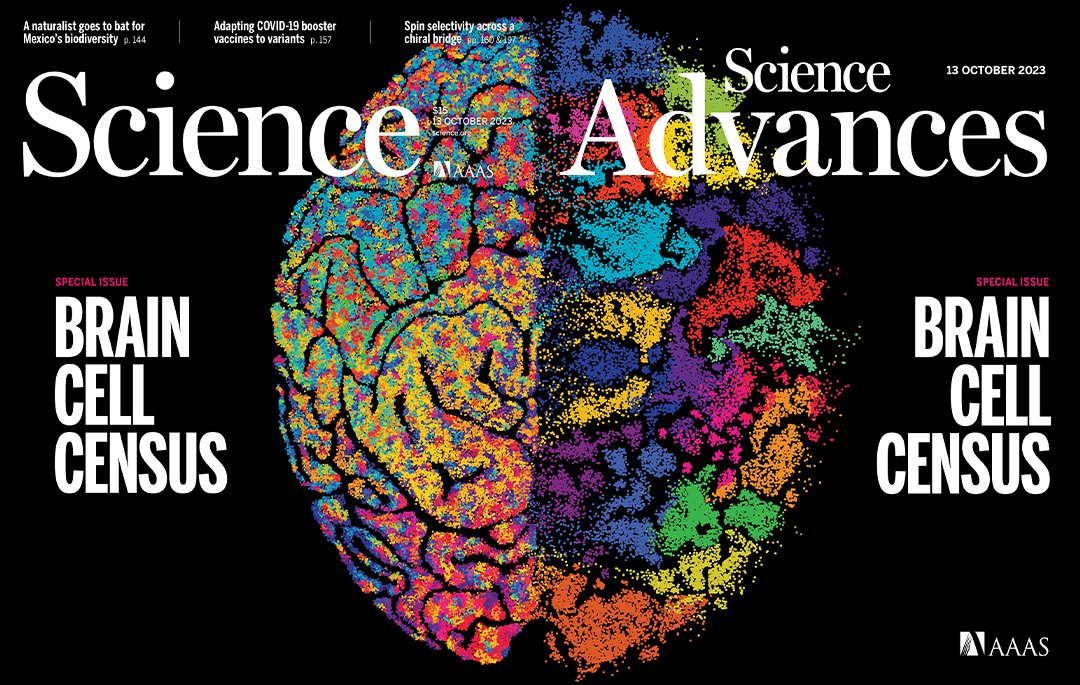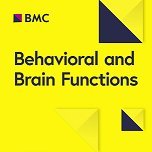
Enrique Vázquez-Mendoza
@Enrique_VM3Biologist with MSc in neurobiology
Similar User

@alfredo_cuesta

@BereBuitre

@Frecuenc1as

@almachordeleg

@rojas_orlando11

@Chia_Bella_

@lizylizva

@almacraco

@marcosmunizlino

@abby_alnevarez

@rionelven

@romansj
The 2024 #NobelPrize laureates in chemistry Demis Hassabis and John Jumper have successfully utilised artificial intelligence to predict the structure of almost all known proteins. In 2020, Hassabis and Jumper presented an AI model called AlphaFold2. With its help, they have…

BREAKING NEWS The Royal Swedish Academy of Sciences has decided to award the 2024 #NobelPrize in Chemistry with one half to David Baker “for computational protein design” and the other half jointly to Demis Hassabis and John M. Jumper “for protein structure prediction.”

This year’s medicine laureates Victor Ambros and Gary Ruvkun studied a relatively unassuming 1 mm long roundworm, C. elegans. Despite its small size, C. elegans possesses many specialised cell types such as nerve and muscle cells also found in larger, more complex animals,…

BREAKING NEWS The 2024 #NobelPrize in Physiology or Medicine has been awarded to Victor Ambros and Gary Ruvkun for the discovery of microRNA and its role in post-transcriptional gene regulation.

College educators, check out these lesson plans that use real datasets from the Allen Brain Map to teach data science to undergraduates. Each lesson can be completed within a single class period and is suitable for in-person, hybrid, or virtual learning. alleninstitute.org/resource/allen…
Educators - applications are open for our virtual neuroscience teacher academy! Apply by 2/20 to learn how to use our open neuroscience resources in the classroom. 🍎 Washington state educators can receive up to 4 STEM hours. More: alleninstitute.org/events/neuro_f… #AllenLearn
New Research: Transgenic rodents as dynamic models for the study of respiratory rhythm generation and modulation: a scoping review and a bibliometric analysis frontiersin.org/articles/10.33… #Physiology
Wi-Fi for neurons: first map of wireless nerve signals unveiled in worms go.nature.com/3sCQMRQ
In 21 papers across Science, @ScienceAdvances, and @ScienceTM, researchers with the #BICCN consortium present an atlas of the human and nonhuman primate brain in unprecedented detail. The results uncover the genetic organization of the human brain. scim.ag/4ro

Researchers have created the largest atlas of human brain cells so far, revealing more than 3,000 cell types — many of which are new to science go.nature.com/3rOCugk
🖥️ We have a FREE online #bioinformatics course for #biologists starting on 9 October! Check out the course trailer to discover how this can support your #DataScience career. 📽️ youtu.be/kz4M3v8-n2Q?si… 📎 Visit our course page for info on how to sign up: bit.ly/3LE9hLL

Online Seminar: Michael Greenberg, Erin Schuman, Christine Holt – "The Brain Prize winner's webinar" | Wed, Oct 25, 2023 via @worldwideneuro world-wide.org/seminar/9563 For the full program and to register visit: lundbeckfonden.com/events

Last year, a Science study took a close look at why the axolotl brain is so much more capable of regeneration than the mammalian brain. Read more: scim.ag/493 #ScienceMagArchives

Curious how to bring #OpenScience into the classroom? Educators from @UNC and @CrownCollege used our neuroscience data to develop a teaching tool for neuroscience, biopsychology, and physiology courses. Discover how: alleninstitute.org/resource/educa… #AllenLearn #OpenScienceWeek #STEMed
Nature research paper: Specialized astrocytes mediate glutamatergic gliotransmission in the CNS go.nature.com/462sGh5
Imaging brain tissue architecture across millimeter to nanometer scales go.nature.com/3P0nSC1

A new mechanism involving intermediate gating states of calcium channels explains how analogue postsynaptic potentials influence neurotransmitter release. elifesciences.org/articles/90546…

A new mechanism involving intermediate gating states of calcium channels explains how analogue postsynaptic potentials influence neurotransmitter release. elifesciences.org/articles/90546…

Scientists have deciphered a molecular pathway centered on the kinase CaMKII that may contribute to age-related cognitive decline in mice—and hint that targeting this mechanism may help support synaptic plasticity, learning, and memory. scim.ag/3Ag @SciSignal

Artificial light at night has variable and complex impacts on plants and animals, disrupting entire ecosystems, according to a new #ScienceReview. scim.ag/37k #LightPollution

United States Trends
- 1. $CUTO 7.976 posts
- 2. Friday the 13th 69,7 B posts
- 3. DeFi 217 B posts
- 4. #HappyBirthdayTaylor 14,5 B posts
- 5. #IDEGEN N/A
- 6. Odell 4.146 posts
- 7. #FridayVibes 7.875 posts
- 8. Good Friday 65,6 B posts
- 9. Ciri 111 B posts
- 10. #BlueBloodsFinale N/A
- 11. CALVIN KLEIN 27,5 B posts
- 12. #FridayMotivation 6.095 posts
- 13. Witcher 130 B posts
- 14. Wordle 1,273 X N/A
- 15. Recycling 30,1 B posts
- 16. Happy Friyay 2.288 posts
- 17. Geralt 16,1 B posts
- 18. One for the Swifties N/A
- 19. FDIC 4.477 posts
- 20. Happy Birthday Steve N/A
Who to follow
-
 Alfredo Cuesta
Alfredo Cuesta
@alfredo_cuesta -
 BereBuitre
BereBuitre
@BereBuitre -
 Uranus
Uranus
@Frecuenc1as -
 Almacenes Chordeleg
Almacenes Chordeleg
@almachordeleg -
 Orlando Rojas.™
Orlando Rojas.™
@rojas_orlando11 -
 Ana L. Alfani
Ana L. Alfani
@Chia_Bella_ -
 Liz Vázquez
Liz Vázquez
@lizylizva -
 Alma :)
Alma :)
@almacraco -
 Marcos Muñiz
Marcos Muñiz
@marcosmunizlino -
 abby alnevarez
abby alnevarez
@abby_alnevarez -
 Ricardo
Ricardo
@rionelven -
 Unknown...®
Unknown...®
@romansj
Something went wrong.
Something went wrong.












































































































